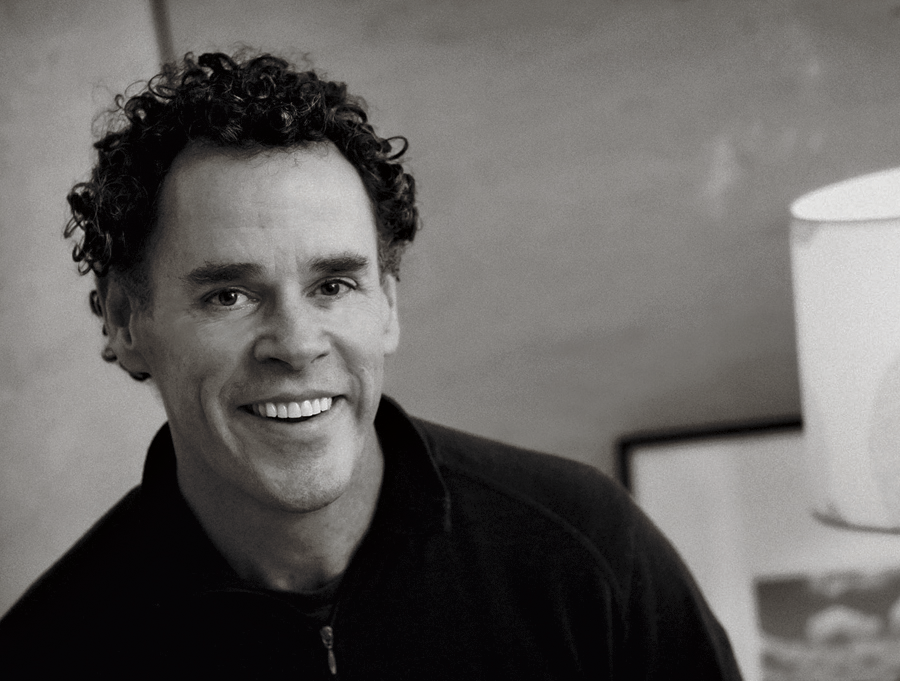
09 Jun Ones to Watch: Daniel Weaver
Based on the principles of collaboration and integration, as opposed to the linear process of design-bid-build, Daniel Weaver founded 361 Architecture and Design Collaborative in 2010 to bring a team-based approach to his twin passions of design and construction. With bases in both the San Francisco Bay Area and Sun Valley, Idaho, Weaver specializes in environmentally conscious residential projects across the West.
Though his projects vary dramatically in terms of geography, size and style, the common denominator in every 361 project is the team approach. Weaver brings together engineers, contractors, energy modelers, landscapers and interior designers early on in order to look at the project holistically and solve problems before they arise in the construction phase. In addition to being the most “enlivening and fun way to work,” Weaver says, it is also the most efficient, cost-effective and surest path to success.
West Lantern, one of two projects he is working on in Ketchum, Idaho, is a clear expression of what Weaver and 361 stand for. The 3,000-square-foot home boasts a much smaller footprint than many of its grandiose neighbors, but stands out for its combination of timeless design, green architectural principles and quality construction. “Our homes are healthier and more comfortable … than most new homes. We strive to make homes that are not only good for [the owners] and the environment but enhance the community as well,” says Weaver.
To that end, the four-bedroom home — whose LEED gold certification is pending — is supremely energy efficient. The home was sited with southern exposure, enabling the gabled roof to support five solar thermal panels which in turn provide not only domestic hot water, but also radiant floor heating and a driveway solar melt system. Other priorities for Weaver and the team on West Lantern included natural ventilation for summer cooling, efficient “stacked” plumbing and healthy indoor air quality.
But beyond the home’s technical merits, its aesthetic is equally appealing. Weaver wanted the design to reflect the older, more rural vernacular in the region, without sacrificing interior style. The result is a structure that pays homage to nearby barns, and yet addresses a much more modern idiom inside. It is the thoughtful contrast — the beautiful blend of old and new, efficient and elegant, complex but simple — that defines Daniel Weaver and his work at 361. — C.G.W.
- With an undergraduate degree in natural resources conservation and a master’s in architecture, 361 is the synthesis of Weaver’s education and passion
- Bay window “cubes” — like this one that forms a cozy eating area in the kitchen — suggest the modern style inside the home and work to fill the rooms with natural light and expand the marvelous views
- With a number of supremely efficient homes in his portfolio, Weaver is excitedly moving toward building beautifully designed net zero energy homes.









No Comments